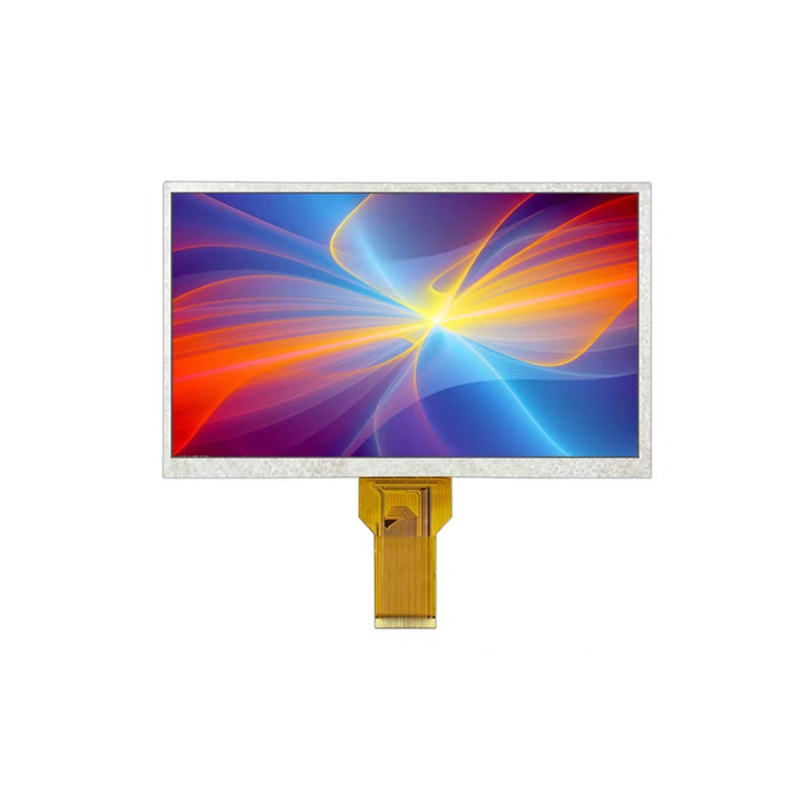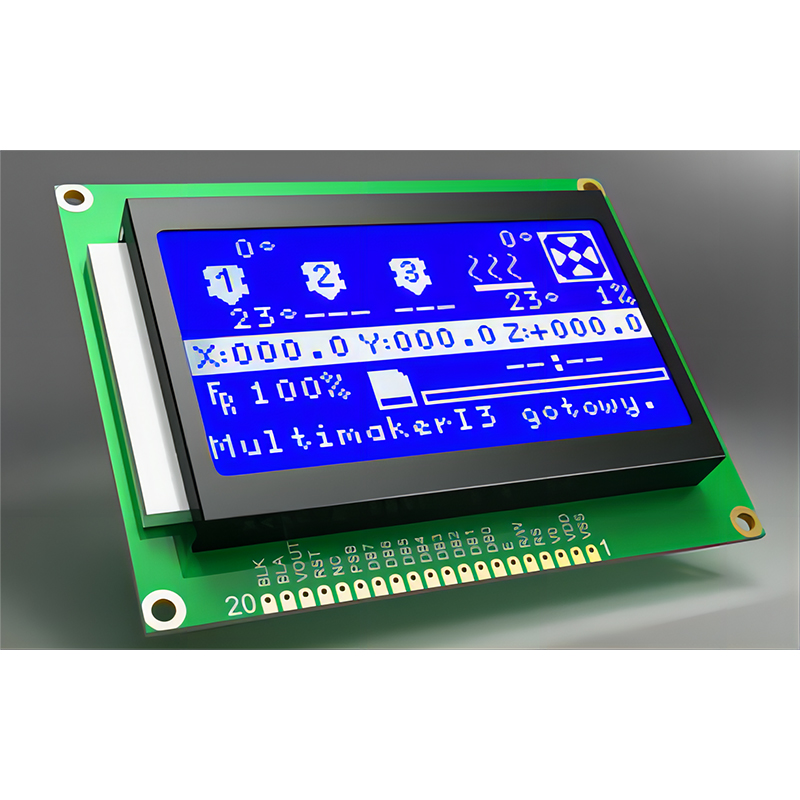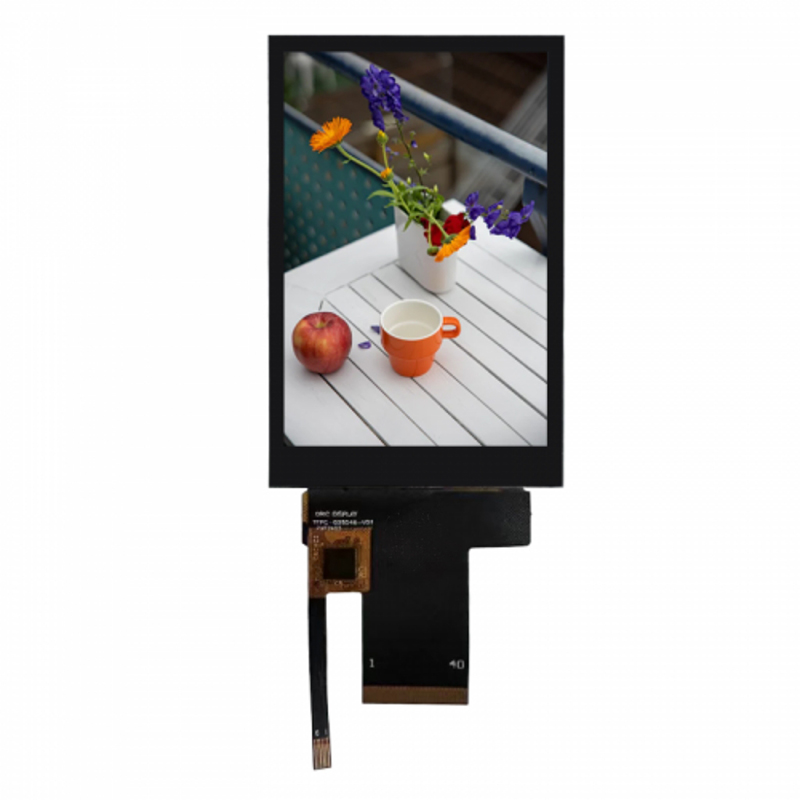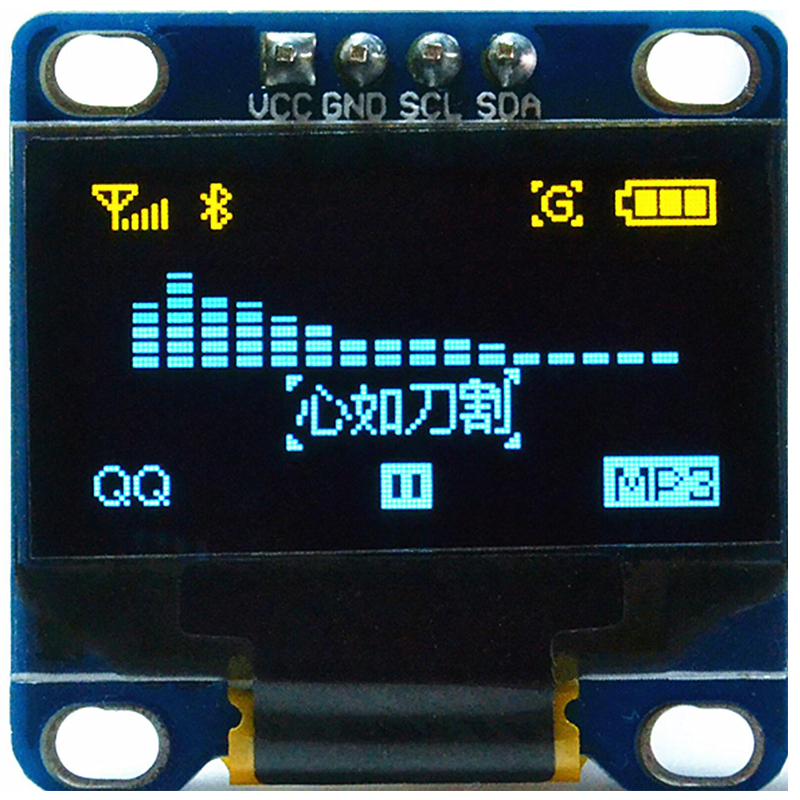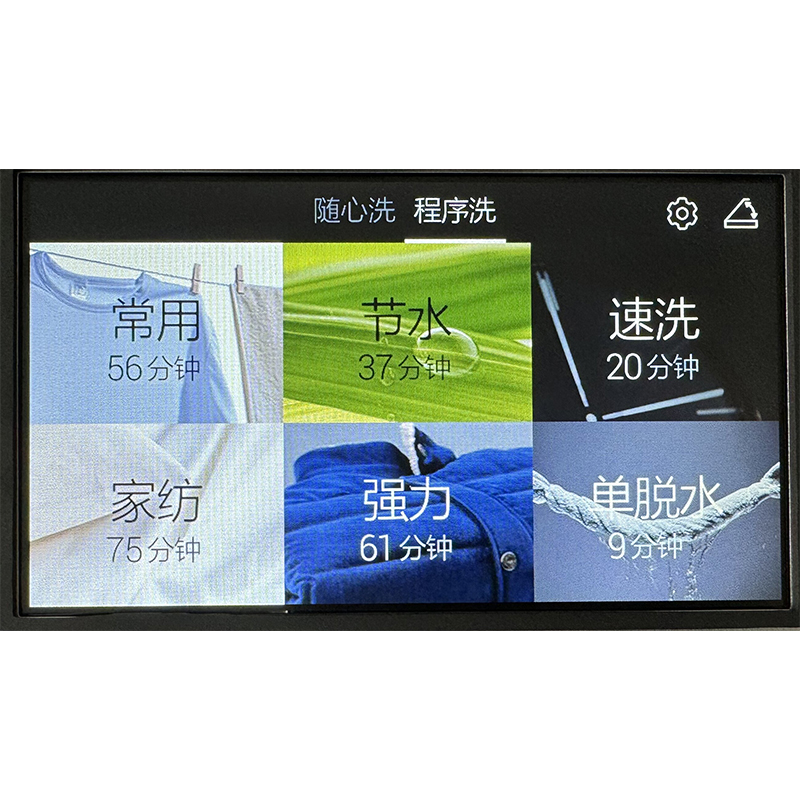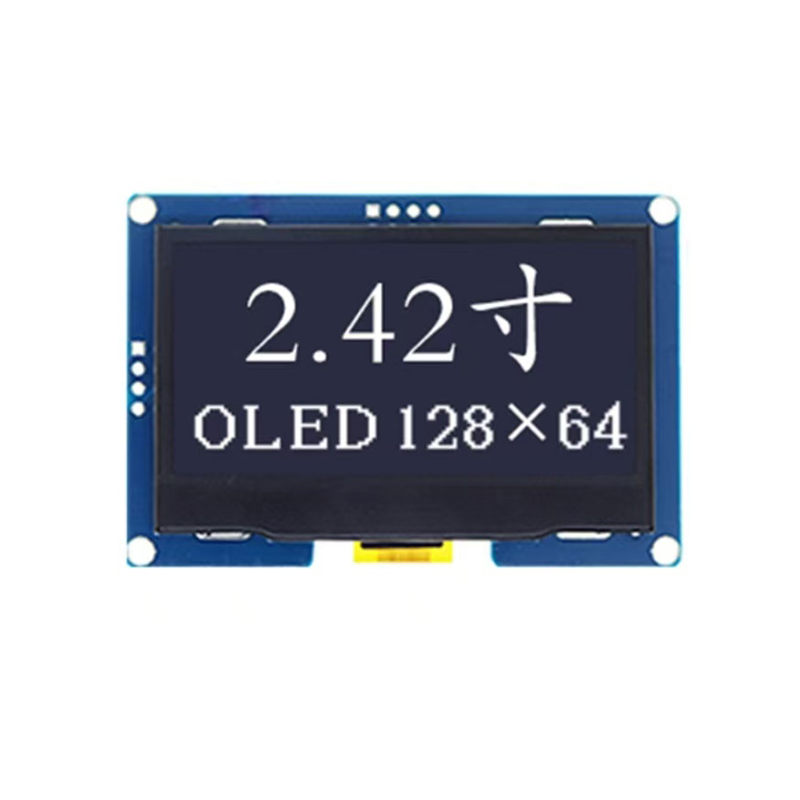
This guide provides a comprehensive overview of LCD display screens, helping you understand their different types, specifications, and applications. We'll cover key factors to consider when selecting a screen for your specific needs, ensuring you make an informed decision. From resolution and response time to panel technology and connectivity, we'll explore the essential aspects to help you find the perfect LCD display screen.
TN panels are the oldest and most basic type of LCD display screen. They are known for their fast response times, making them suitable for gaming. However, they suffer from limited viewing angles and less vibrant colors compared to other technologies. Cost-effective, they are often found in budget monitors and laptops.
IPS panels offer superior viewing angles and color accuracy. They produce more vibrant and consistent colors across the screen, making them ideal for photo and video editing. While response times are generally slower than TN panels, advancements have significantly improved this aspect in recent years. High-quality LCD display screens often utilize IPS technology.
VA panels strike a balance between TN and IPS technologies. They offer better contrast ratios than IPS panels, resulting in deeper blacks and richer colors. Viewing angles are also good, though not quite as wide as IPS. VA panels are a popular choice for a wide range of applications, offering a good compromise between performance and price.
While not strictly LCD, OLED is often compared to LCD technology. OLED displays offer superior contrast, perfect blacks, and incredible color accuracy. However, they are generally more expensive than LCDs and can suffer from burn-in issues over extended use. They represent a higher-end option within the display market.
Choosing the right LCD display screen involves understanding several key specifications:
Measured in pixels (e.g., 1920x1080, 3840x2160), resolution determines the sharpness and clarity of the image. Higher resolution means more detail and a sharper picture, but also higher cost.
Measured in milliseconds (ms), response time indicates how quickly a pixel can change color. Faster response times are crucial for gaming and video playback to minimize motion blur. A lower response time (e.g., 1ms) is preferable.
Measured in Hertz (Hz), refresh rate determines how many times per second the image is updated. Higher refresh rates (e.g., 144Hz, 240Hz) result in smoother motion and reduced screen tearing, particularly beneficial for gamers.
Measured in nits (cd/m2), brightness indicates the screen's luminance. Higher brightness is desirable for well-lit environments, while lower brightness is suitable for darker rooms. Optimal brightness varies based on individual preferences and usage.
The best LCD display screen depends heavily on your individual needs and budget. Consider the following:
For high-quality LCD display screens and comprehensive solutions for your display needs, consider exploring options from reputable manufacturers. You can find a wide selection of different sizes and technologies to fit your specific requirements. Companies like Dalian Eastern Display Co., Ltd. offer a diverse range of display solutions tailored to various applications. They provide excellent quality and reliable performance in their products.
| Feature | TN | IPS | VA |
|---|---|---|---|
| Response Time | Fast | Moderate | Moderate |
| Viewing Angle | Narrow | Wide | Wide |
| Color Accuracy | Limited | Excellent | Good |
| Contrast Ratio | Moderate | Moderate | High |
By carefully considering these factors, you can choose the perfect LCD display screen to meet your needs and enjoy a superior visual experience.

